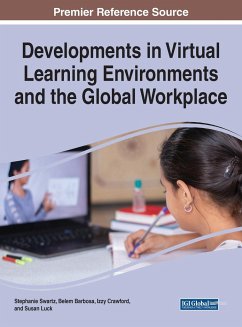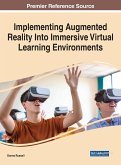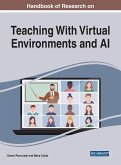Although institutions of higher education have recognized the need for preparing their graduates for a digitalized, global workplace, these efforts have been sporadic, individualized, and varied from discipline to discipline. Nevertheless, over the past 10 years, trends such as "double classrooms," "inverted classrooms," and "collaborative online international learning" (COIL) have gained traction at universities across the globe. With the emergence of the COVID-19 pandemic in 2020, efforts to engage students in the use of digital tools and virtual collaborative teamwork increased tenfold. Creative and innovative virtual learning environments (VLEs) have emerged, and instructors have used them to connect with their students much more frequently. The holistic nature of virtual learning, its impact on employability, and the development of global citizenry have become prime areas of research amongst the digital education landscape. Now more than ever, it is essential to look at virtual learning environments and how they can be used to prepare students and employees for the opportunities and challenges of a global, digital workplace. Developments in Virtual Learning Environments and the Global Workplace provides readers with a rationale and tool kit for facilitating virtual learning in a wide variety of contexts in response to the opportunities and challenges presented by the digital global workplace. This book covers virtual learning practices, the value of virtual learning for professionals and employers, and the best practices in online learning in different settings. Additionally, the chapters dive into the future perspectives and trends within virtual learning environments and the creation/evaluation of virtual learning strategies. These insights range from diverse countries, education levels, industry sectors, and academic disciplines, making this book a comprehensive research tool. This book will greatly benefit e-learning and instructional designers, university senior managers, university staff responsible for mobility and exchange, researchers, professionals responsible for organizational development and further education, human resource directors, global company executives, managers, practitioners, stakeholders, academicians, and students looking for information on how virtual learning environments are preparing students for the global workplace.








